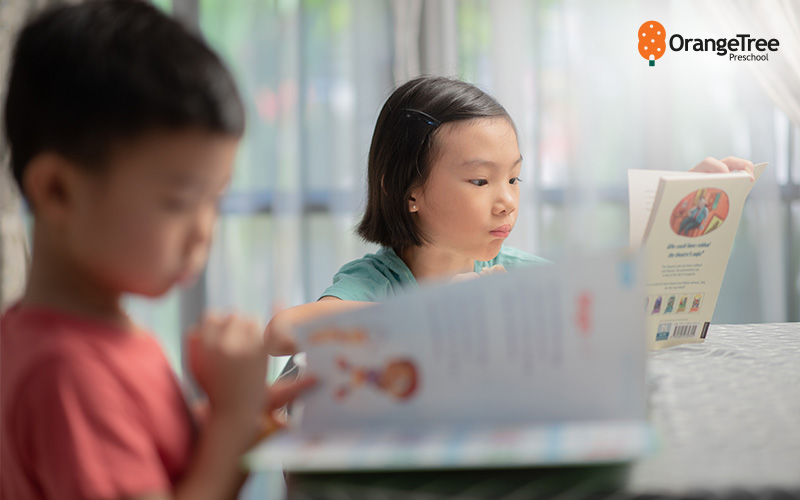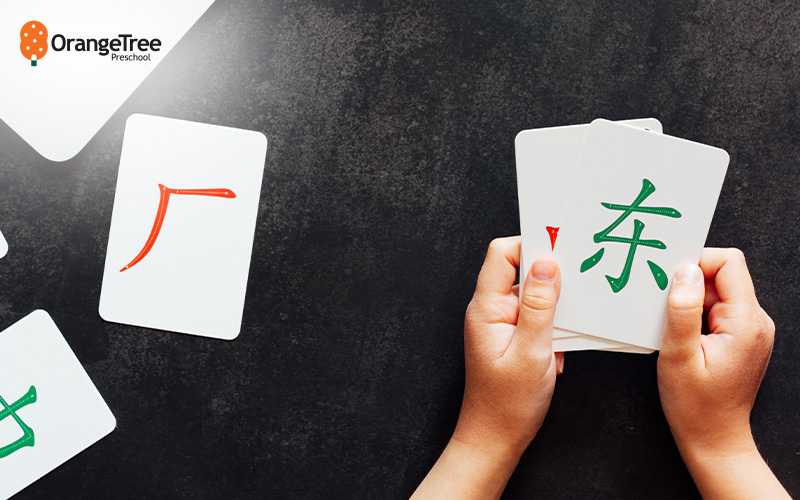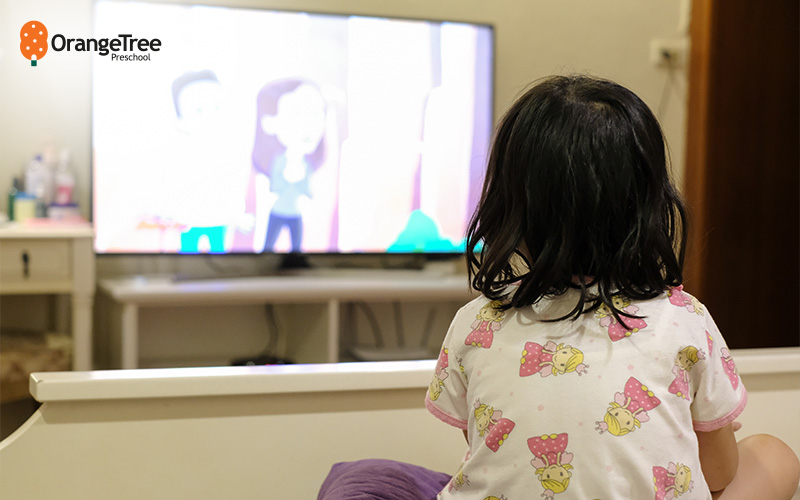
How to Make Learning Chinese Enjoyable for Preschool-Aged Children
12 September 2025
Key Takeaways
- Making Chinese for preschoolers fun and interactive helps children learn naturally and willingly.
- Activities like singing Chinese songs, reading engaging Chinese books for preschoolers, and using DIY Chinese flashcards help create enjoyable learning moments.
- Immersive experiences, including watching familiar shows in Chinese, support language acquisition in a more casual and relaxed setting.
Introducing Chinese for preschoolers does not have to be a dull or stressful task. In fact, with the right approach, it can be one of the most enjoyable parts of a child’s day. Young learners thrive on play, repetition, and emotional connection, so making Chinese learning playful, consistent, and rewarding is key.
Here at Orange Tree Preschool, where we offer a nurturing and holistic Chinese immersion preschool environment, we have seen how children blossom when language learning is done through fun activities. If you are a parent looking to encourage your child to build their Mandarin skills, here are some simple yet effective ways to make the journey exciting and engaging.
1. Sing Chinese Songs and Nursery Rhymes

One of the most natural ways to introduce Chinese for preschoolers is through music. Singing Chinese songs and nursery rhymes helps children pick up new vocabulary, rhythm, and pronunciation without pressure. Songs stay in their memory and provide a joyful way to practise tones and sounds unique to Mandarin.
Try playing Chinese children’s songs during car rides, bath time, or family sing-alongs at home. Classics like “两只老虎” (Two Tigers) or “小星星” (Twinkle Twinkle Little Star) are catchy and simple enough for young children to join in. The repetitive nature of songs encourages recall and gives children a sense of achievement as they learn new words through melody.
2. Read Interactive Chinese Books

Another engaging method to make Chinese for preschoolers more immersive is through reading. Select Chinese books for preschoolers that invite interaction, such as textured books, lift-the-flap stories, or picture books with vivid illustrations. These books stimulate curiosity and keep the preschoolers’ hands busy while their minds absorb the language.
Make storytime lively by using different voices and expressions to dramatise the characters. This captures attention and brings the language to life. For parents who are not fluent in Mandarin, choosing books with hanyu pinyin (phonetic spellings) can make reading easier and more enjoyable.
In Singapore, public libraries often have a good selection of children’s books in Chinese. Visiting regularly helps keep reading fresh and exciting. A bonus tip is to encourage your child to bring their favourite Chinese books to share with classmates at school. This strengthens their confidence in using the language.
3. Create and Play with DIY Flashcards

Hands-on learning is crucial for young children. Making your own DIY Chinese flashcards can be both a creative project for parents and a fun game for kids. Use simple Chinese characters paired with familiar pictures from around your home, like 桌子 (table), 椅子 (chair), or 面包 (bread).
These flashcards can be used in games such as word hunts or matching pairs, turning language practice into play. Repetition through these games helps children recognise characters and associate them with everyday objects, which is foundational in Chinese for preschoolers.
4. Switch Shows and Movies to Chinese

Many children have favourite shows that they watch regularly. Switching the audio or subtitles of these shows to Mandarin is an effortless way to immerse them in the language. Streaming platforms like Netflix and Disney Plus offer popular children’s programmes such as Paw Patrol or Peppa Pig with Chinese captions or dubs.
This method allows children to enjoy stories they already love whilst being exposed to natural conversational Chinese. It helps build listening skills and reinforces vocabulary without making it feel like a lesson.
Introducing Chinese for preschoolers in enjoyable and varied ways helps make language learning a natural part of daily life. Through singing Chinese songs, reading engaging Chinese books, creating DIY Chinese flashcards, and watching familiar shows in Mandarin, your child can develop skills confidently and happily.
As one of the leading preschools with a Chinese curriculum in Singapore, we at Orange Tree Preschool are committed to creating a caring and nurturing environment that is ideal for developing your child’s linguistic abilities. Our Chinese preschool programmes encourage exploration, creativity, and communication, giving your child a strong foundation for bilingual success.
For more information about our programmes and facilities, please schedule a tour with us today.
